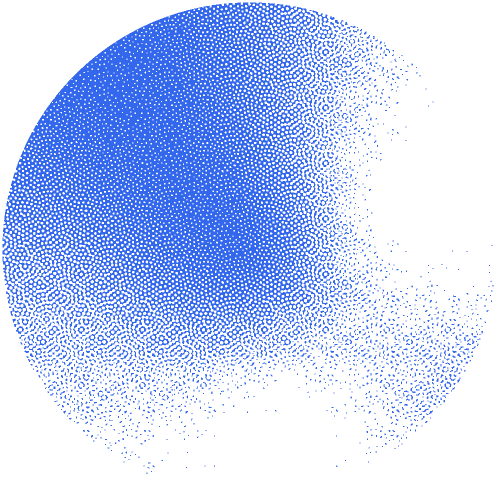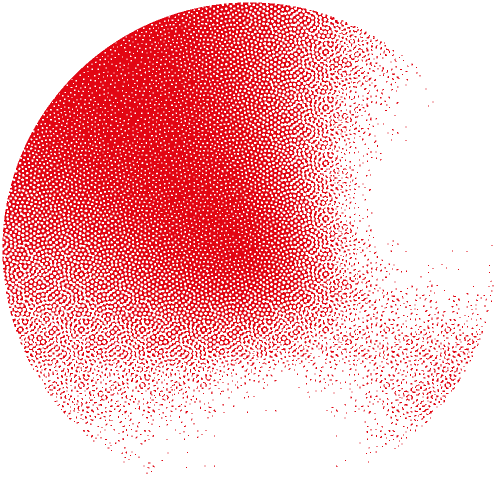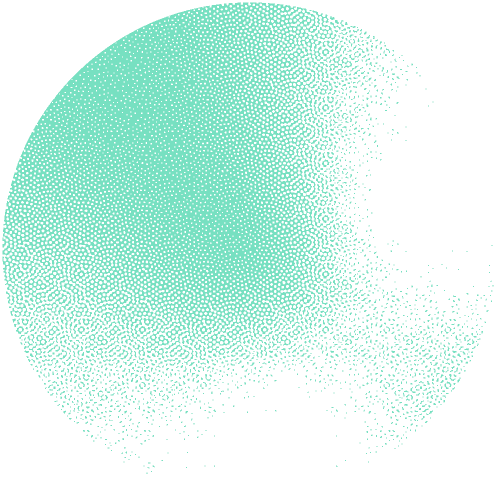ATGCCGGAATTGGCACATAACAAGTACTGCCTCGGTCCTTAAGCTGTATTGCACCATATGACGGATGCCGGAATTGGCACATAACAAGTAC
TGCCTCGGTCCTTAAGCTGTATTGCACCATATGACGGATGCCGGAATTGGCACATAACAACGGTCCTTAAGCTGTATTGCACCATATGACG
GATGCCGGAATTGGCACATAACAAGTACTGCCTCGGTCCTTAAGCTGTATTTCGGTCCTTAAGCTGTATTCCTTAACAACGGTCCTTAAGG
ATGCCGGAATTGGCACATAACAAGTACTGCCTCGGTCCTTAAGCTGTATTGCACCATATGACGGATGCCGGAATTGGCACATAACAAGTAC
TGCCTCGGTCCTTAAGCTGTATTGCACCATATGACGGATGCCGGAATTGGCACATAACAACGGTCCTTAAGCTGTATTGCACCATATGACG
GATGCCGGAATTGGCACATAACAAGTACTGCCTCGGTCCTTAAGCTGTATTTCGGTCCTTAAGCTGTATTCCTTAACAACGGTCCTTAAGG



Tools for regulatory genomics (lectures and practicals)



30 March 2020



For-profit: 300 CHF

This course will be streamed only for the registered participants. Applications are closed.
Long course title: Tools for regulatory genomics: using ISMARA, CRUNCH, EPD, and ChIP-seq tools to infer regulatory interactions from transcriptomic and epigenomic data (lectures and practicals)
Overview
SIB provides several cutting-edge tools for regulatory genomics, that can be used to infer gene regulatory interactions from high-throughput data such as micro-array, RNA-seq and ChIP-seq data. In this course the developers of these tools will teach you how to effectively use these resources on your own data as well as public data, and guide you through the functionalities that the various tools provide, including:
ISMARA By modeling genome-wide gene expression and chromatin state data in terms of computationally predicted binding sites, Motif Activity Response Analysis (MARA) allows automatic inference of the key regulators, their targets, and their interactions from high-throughput data in any system. In recent years MARA has been completely automated into an integrated system (ISMARA) web server that allows any researcher to upload their data and obtain comprehensive predictions of key regulatory network structure in their data within an interactive graphical html interface. In this course we show attendants how to use ISMARA with their own data, guide them through all the functionalities that the interface provides, show how to use the interactive features to explore the predictions the system provides, how to generate tailored analyses, and how to interpret the various results and predictions.
CRUNCH CRUNCH is a completely automated system for processing of transcription factor ChIP-seq data, which includes all basic processing, peak identification and annotation, and comprehensive motif finding and binding site annotation within all identified binding peaks. We will show users how to use CRUNCH on their own data, and how to explore the results within the interactive graphical interface,
ChIP-seq tools The ChIP-seq web server enables users to carry out standard analysis tasks with ChIP-seq and related data, including (i) strand correlation for quality control, (ii) narrow and broad peak finding, and (iii) generation of aggregation plots and heatmaps for genomic context analysis. Users can upload their own data or analyze public data from a large server-resident database.The ChIP-seq server has a modular design.The output from one tool can directly be passed as input to another tool. Complex analysis tasks can thus be accomplished by using different modules in a cascade. Moreover, the output can be sent to associated resources from our group, e.g. the Signal Search Analysis (SSA) server for motif analysis, or to external resources, e.g. GREAT for gene set enrichment analysis.
EPD The Eukaroytic Promoter Database EPD provides access to consensus TSS positions of protein-coding genes and certain classes of non-coding RNAs. During the course, we will focus on the EPD visualization interface, which enables users to explore a large variety of genomic features in a specific promoter or enhancer region of interest with the UCSC genome browser. The EPD viewer dynamically combines and uploades carefully selected tracks from different data repositories, in order to provide an optimal, compact view of a regulatory region. The displayed default tracks include transcription initiation patterns at single-base resolution, histone modification profiles, nucleosome maps, transcription factor binding sites, regulatory SNPs, repetitive elements and cross-species conservation scores.
Structure
There are two components to this course:
-
the mornings will consist of lectures, which introduce the relevant topics on regulatory genomics methods, and tutorials on the SIB cutting-edge tools: ISMARA, CRUNCH, EPD AND ChIP-seq.
-
the afternoons will be dedicated to practical sessions, where participants will learn how to effectively use these resources to analyse their own data (BYOD) as well as public data. They will be guided through the functionalities that the various tools offer in interactive sessions with the tutors, which include one-on-one interactions with the tutors.
If you are interested to attend only the lectures, register here.
Audience
PhD students, postdocs and other researchers, from any scientific environment (academia, facilities, companies, etc.) working with regulatory genomics data.
This workshop should be of interest to any researcher that aims to make computational inferences about gene regulation from gene expression and chromatin state data, including purely experimental researchers. It will be of particular interest to computational biologists and bioinformatic researchers that analyze gene expression and chromatin state data in their work. No specific bioinformatic skills are prerequisites, although previous exposure to basic methods for gene expression analysis and transcription factor binding site prediction will be helpful. Attendants are expected to be familiar with the molecular biology of gene regulation in higher eukaryotes.
Learning objectives
At the end of this course, the participants will be able to:
- Understand common questions and problems in regulatory bioinformatics.
- Use the presented tools effectively.
- Interpret results obtained with these tools.
- Have gained experience in working with public genomics data.
The attendants of the workshop will learn about ISMARA, CRUNCH, and ChIP-seq tools, learn what kind of data each tool is able to analyze, how to effective use and tailor these tools to their specific applications, and gain an in-depth understanding of the results that each of these tools provides. At the end of the workshop the attendants should have the expertise to perform sophisticated regulatory network predictions from RNA-seq or ChIP-seq data using ISMARA, CRUNCH, and ChIP-seq tools, and to assess the plausibility of such predictions by looking at a wealth a public data using the EPD visualization platform.
Prerequisites
Knowledge / competencies
The ISMARA and CRUNCH tools are web-based and don’t require particular bioinformatics competencies. A basic knowledge of R is required for some of the ChIP-seq tools exercises. Knowledge of the basic molecular biology of gene regulation in higher eukaryotes is presumed. Note: Attendants that wish to analyze their own data with ISMARA or CRUNCH are strongly recommended to upload their data to the ISMARA/CRUNCH servers at least several days in advance of the start of the workshop.
Technical
This course will be streamed, you are thus required to have your own computer with an internet connection.
Venue and Time
This course will be streamed to the registered participants, and more information will be sent in due time.
The course will start at 9:00 CET and end around 17:00 CET.
Schedule
DAY1 - CET time zone
9:00 -9:10 Welcome
9:15-10:40 ISMARA: theory and overview (Erik van Nimwegen)
10:40-11:00 Break
11:00-12:30 ISMARA: in depth discussion of result and interface (Mikhail Pachkov)
12:30-13:30 lunch break
13:30-14:45: CRUNCH (Erik van Nimwegen)
14:45-15:00: Break
15:00-17:00 One-on-one practicals
DAY2 - CET time zone
9:00 - Welcome
9:10 - lecture on ChIP-Seq (Giovanna Ambrosini)
10:40 - break
11:00 - lecture on EPD (Philipp Bucher)
12:25 - Information regarding the practicals
12:30 - lunch break
13:30 - Parallel practical sessions (group 1 ChIP-seq, group 2 EPD)
15:00 - break
15:20 - Parallel practical sessions (group 1 EPD, group 2 ChIP-Seq
16:50 - Concluding discussion
17:00 - End
Deadline for free-of-charge cancellation is set to 30/03/2020. Cancellation after this date will not be reimbursed. Please note that participation in SIB courses is subject to our general conditions.
You will be informed by email of your registration confirmation.
If you are interested to attend only the lectures, register here.
Additional information
Coordination: Patricia Palagi
We will recommend 0.5 ECTS credits for this course (given a passed exam at the end of the course).
You are welcome to register to the SIB courses mailing list to be informed of all future courses and workshops, as well as all important deadlines using the form here.
For more information, please contact training@sib.swiss.